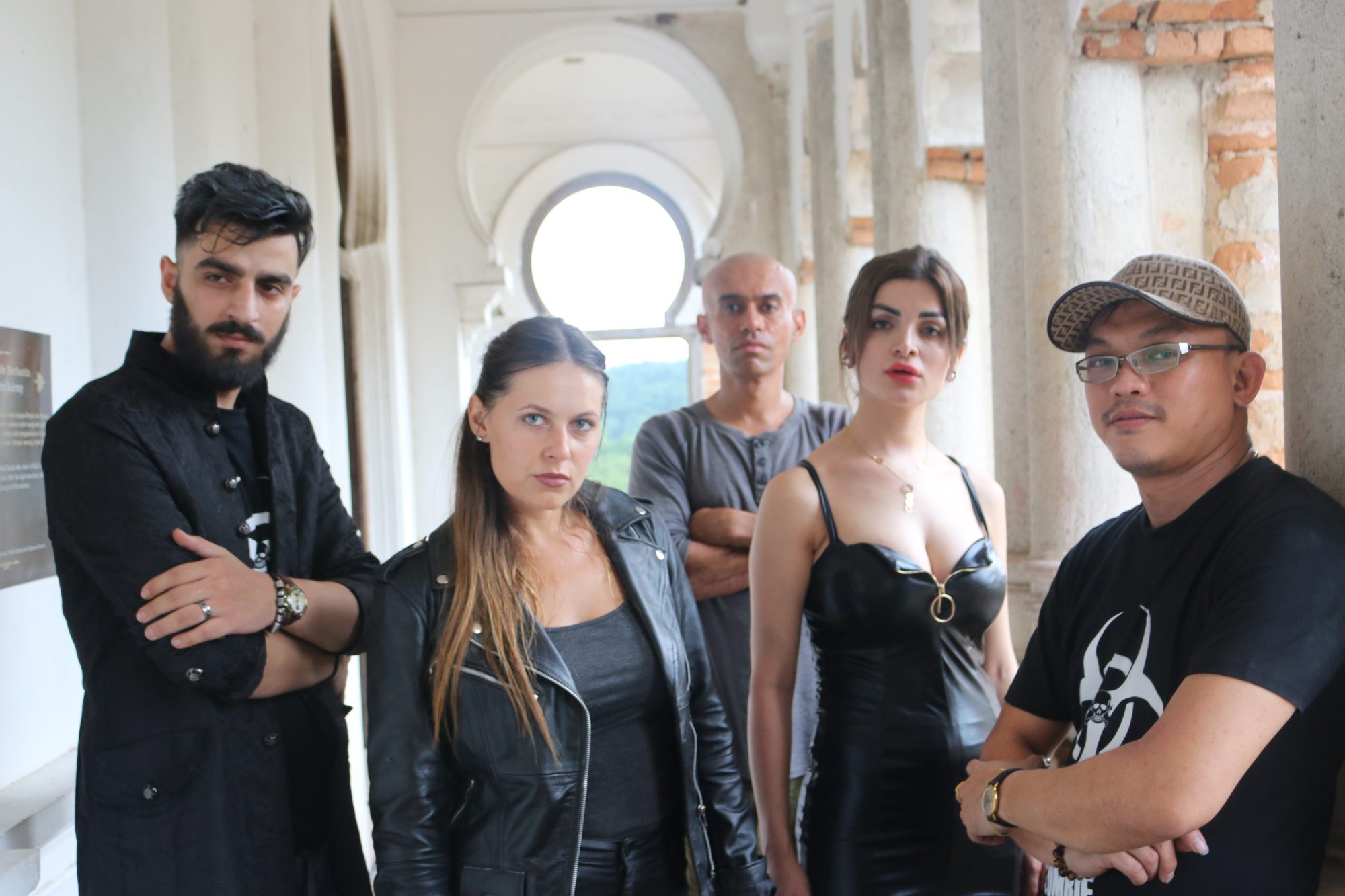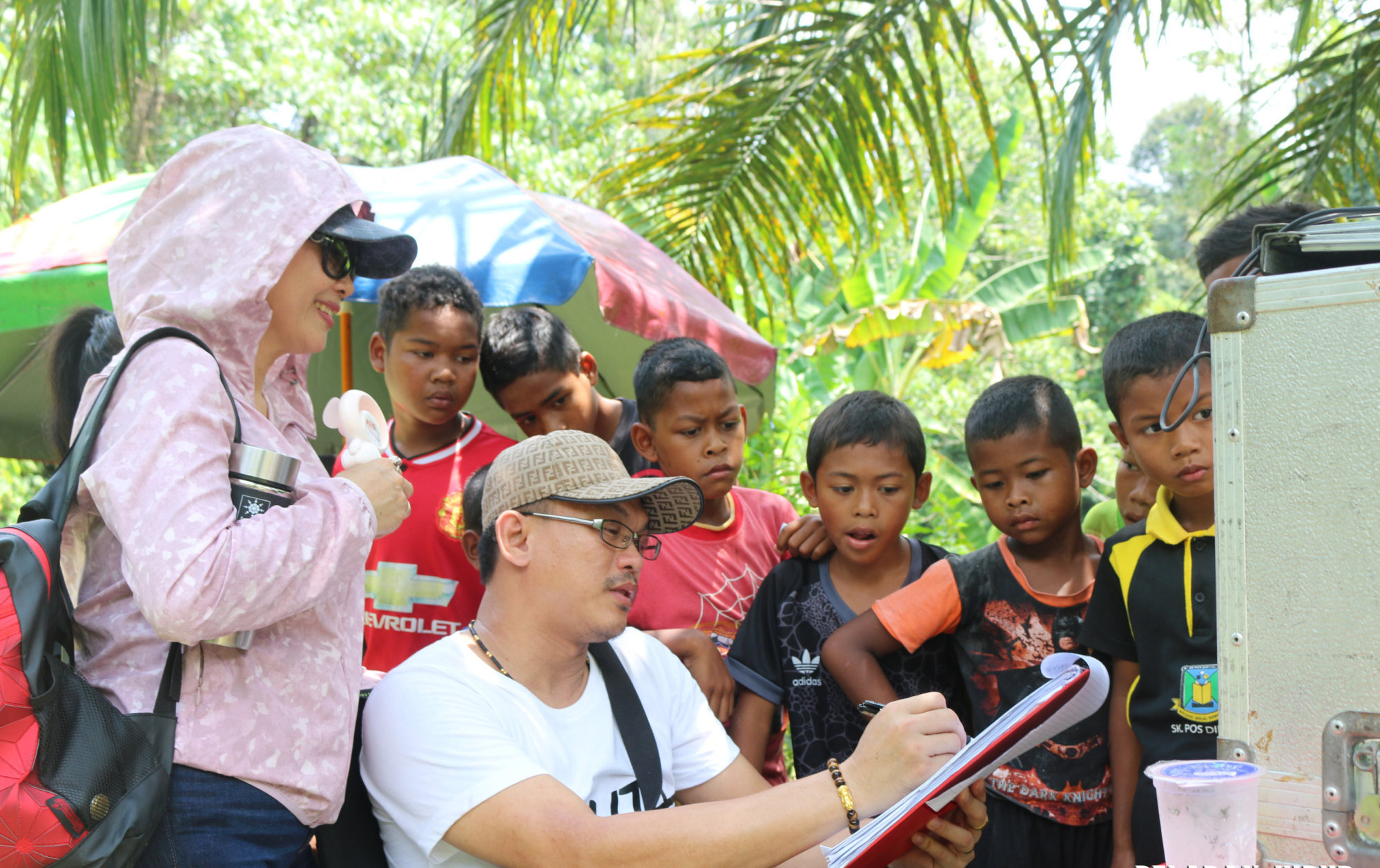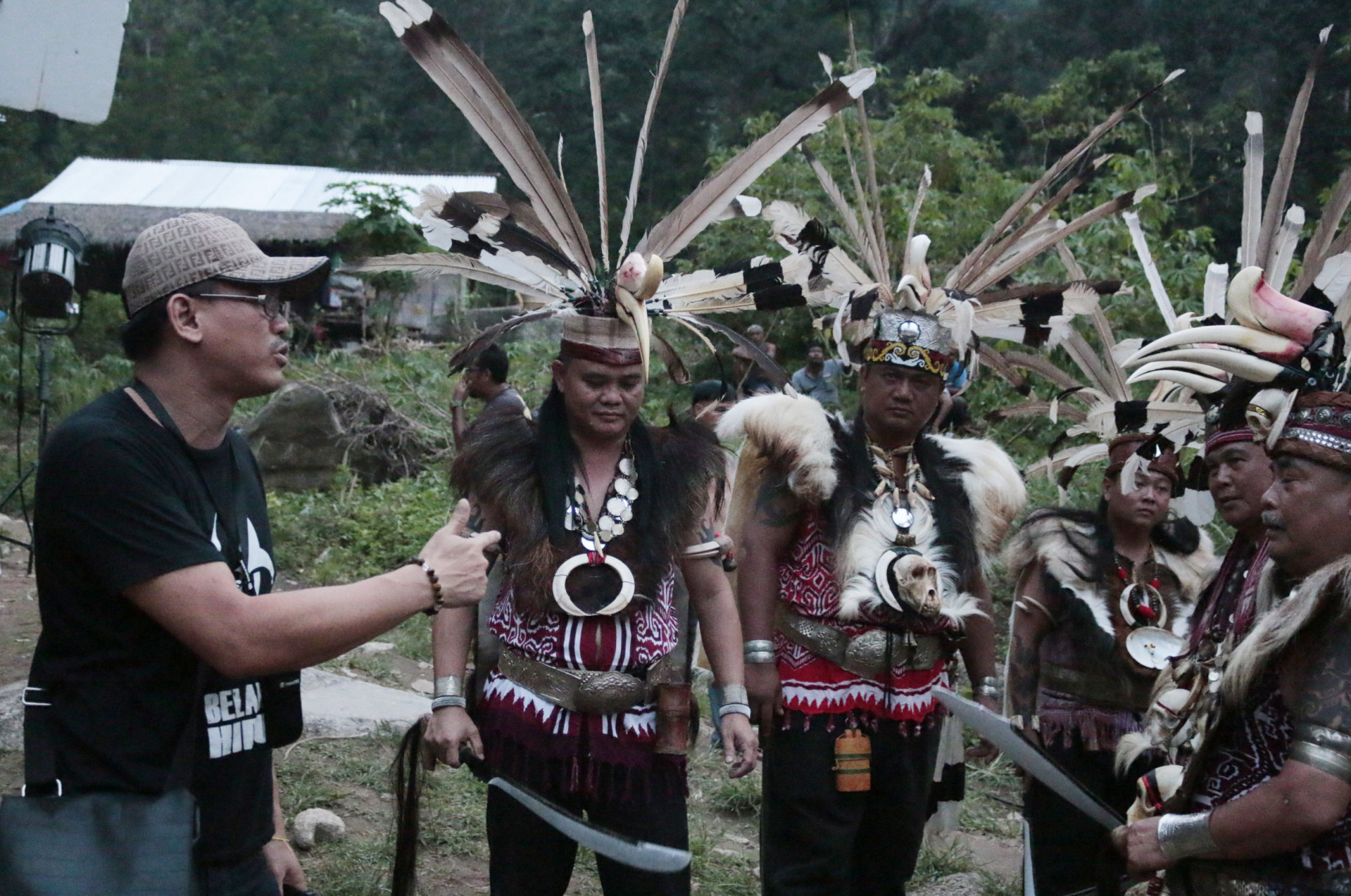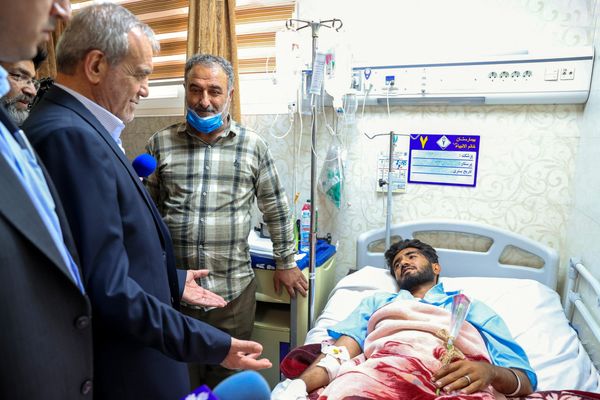
As it snares awards around the world, a Malaysian independent zombie film is becoming the country’s most anticipated cinematic release of the year.
It’s easy to see why: as the world’s first zombie flick with indigenous Iban actors and setting, Belaban Hidup: Infeksi Zombie (Fight for Life: Zombie Infection) is hard to forget.
The Iban, a former headhunting tribe known for their war antics and symbolic tattoos, are one three main native Dayak groups – a term that defines the longhouse-dwelling indigenous peoples of Borneo – from the island’s Malaysian state of Sarawak. There are only about a million Iban people left in the world today, and their traditional culture has largely disappeared as a consequence of Borneo’s evangelisation, industrial development and unsustainable deforestation for palm oil farming.
Malaysian-Chinese director Ray Lee and his Iban wife, producer Misha Minut, who was born in the Sarawak town of Limbang, have tapped into this less-explored background with their quirky and largely self-supported zombie debut.
Waiting to premiere on Malaysian screens, Belaban Hidup already won Best Horror at Singapore’s World Film Carnival on March 18, followed by Best Film and Best Horror at Saint Petersburg’s International Symbolic Art Film Festival on March 27. In mid-May, the film will debut in the US at the LA Asian Film Festival.
Using a cast of Malaysian, Iban and international actors such as Pablo Amirul, Cassidy Panggau and Slovakian star Katrina Grey, who join native Ibans who have never acted in a film before, Belaban Hidup is a feel-good B-movie that will please genre fans craving for a unique ethnic spin on the much-abused zombie invasion trope.
Chinese TV series wow audiences outside China, but movies don’t
“We decided to make the Iban fight against zombies, and not another warring tribe, because we are not aware of any zombie rights groups that may complain against us,” Lee quips.
In the film, a mysterious organisation moves from Madagascar to Borneo to set up its new hidden laboratory and offer free “medical treatment” to locals as a decoy for their human experiments. When a group of captive teenage orphans manages to escape, they also unleash the zombie infection, and flee to the jungle to seek the help of the natives.
Initially produced as a short film in 2016, Belaban Hidup developed into a full feature after Lee and Minut secured some funding. “Malaysian corporates don’t really support the local film industry and prefer to throw hundreds of millions into foreign productions,” laments Lee, who adds that Belaban Hidup is the first film ever produced by a native Iban person. “We deserve our own film industry,” says Minut, who hopes her film will inspire other Dayaks to stand out.

The Dayaks, and the Iban in particular, are not well represented in television and cinema. Excluding an episode of the late Anthony Bourdain’s food and travel show No Reservations (2005), the other most popular film on Minut’s mother culture is the British-American historical drama The Sleeping Dictionary (2003), starring Jessica Alba as Selima, an Anglo-Iban girl.
In truth, there’s little competition: since Malaysia declared independence in 1957 and annexed Sarawak on September 16, 1963, only two other films have featured Iban settings.
The first is Chinta Gadis Rimba (Love of a Forest Maiden, produced in Singapore in 1958) by L. Krishnan, a forbidden love story between an Iban girl and a Malay lover. Bejalai (1987) by Stephen Teo was the first Malaysian movie in the Iban language, and focused on the ritual journey that Iban boys take when transitioning into adulthood. Unlike Belaban Hidup, none of these films was produced or directed by native Dayaks.

The recent news of a local film featuring zombies and Iban headhunters in ethnic war garb bagging awards abroad has obviously gone viral on Malaysian social media. Dayak activists are hopeful that Belaban Hidup will help uphold their rights, and for the first time ever, even Malaysia’s Prime Minister Muhyiddin Yassin spoke to congratulate the international achievements of a local movie director.
But Lee says that shooting Belaban Hidup literally wasn’t a walk in the park. “We had to travel 20km (12 miles) deep into the jungle, transferring all the equipment into a four-wheel drive and driving into the forest, at the mercy of unpredictable weather and wild animals.”
Because of its high concept and low budget, Belaban Hidup comes off like a modern tribute to both the gruesome Italian Cannibal and Zombie exploitation films of the late 1970s and 1980s, and Southeast Asian jungle horrors like Indonesian cult flick Primitif (1980) by Sisworo Gautama Putra. *Most of these films were filmed in similar tropical locations and averse conditions.

But Belaban Hidup trades the gratuitous sex and extreme gore of its forerunners for beautifully photographed jungle and river settings, and an ethnic set-up that really brings the lost traditions of the Iban to never-before-seen pulp heights. Our only grudge, perhaps, is that the Iban could have hunted a few zombie heads themselves.
Want more articles like this? Follow SCMP Film on Facebook







